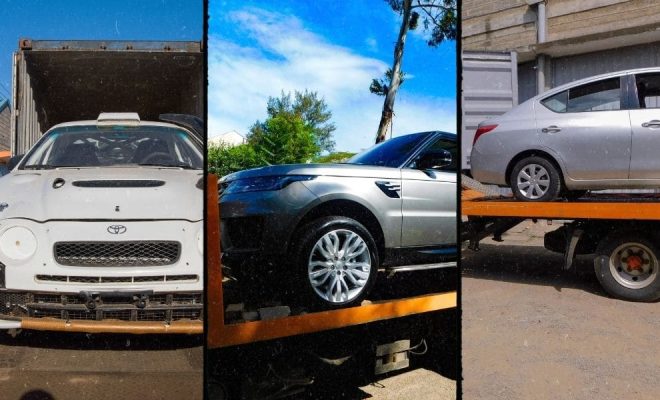How to Clean an ABS Sensor: 12 Steps

Cleaning your car’s ABS (Anti-lock Braking System) sensor is essential to its performance and safety. Dirty or clogged sensors can cause the ABS to malfunction, which can result in reduced braking efficiency. Follow these 12 steps to clean your ABS sensor and ensure your car’s optimal performance:
1. Gather necessary tools: Before you begin, gather all the tools you’ll need, such as a jack, jack stands, wrench, flathead screwdriver or pliers, an appropriate Cleaner or degreaser (e.g., brake cleaner), a soft brush or cloth, and gloves.
2. Park on level ground: Find a well-lit, level area to park your vehicle. Engage the parking brake to prevent the car from moving while you’re working.
3. Loosen lug nuts: While the tires are still on the ground, loosen the lug nuts on the wheel where you’ll be cleaning the ABS sensor.
4. Jack up the car: Use the jack to lift that side of your vehicle off the ground and carefully place it on jack stands for support.
5. Remove tire: Once safely supported, remove the lug nuts entirely and then take off the tire.
6. Identify ABS sensor: Locate your ABS sensor behind the brake rotor. Consult your car’s manual if unsure of its exact location.
7. Disconnect electrical connector: Carefully unplug the electrical connector attached to the ABS sensor by using a flathead screwdriver or pliers.
8. Remove ABS sensor mounting bolt: Using your wrench, remove any bolts securing your ABS sensor in place. Store these bolts safely as they will need to be reattached later.
9. Detach ABS sensor: Gently pull or twist the ABS sensor away from its mounting position until it’s free from its slot.
10. Clean ABS sensor: Spray a cleaner or degreaser onto a soft brush or cloth, and gently wipe the ABS sensor’s surface. Ensure not to scratch or damage the sensor.
11. Reattach ABS sensor: With a clean ABS sensor, reattach it to its original position, tightening the bolts securely.
12. Reconnect electrical connector: Plug the electrical connector back into the ABS sensor and ensure it’s securely fastened.
13. Replace tire and lower car: Replace the tire, tighten the lug nuts, and lower your car off the jack stands using the jack.
14. Test drive: Take your vehicle for a test drive to ensure that the ABS sensor is functioning correctly and there are no warning lights on your dashboard.
By regularly inspecting and cleaning your ABS sensors, you help maintain your vehicle’s braking performance and safety on the road. Remember to consult your car’s manual and consult a professional mechanic if you’re unsure about any of these steps.


